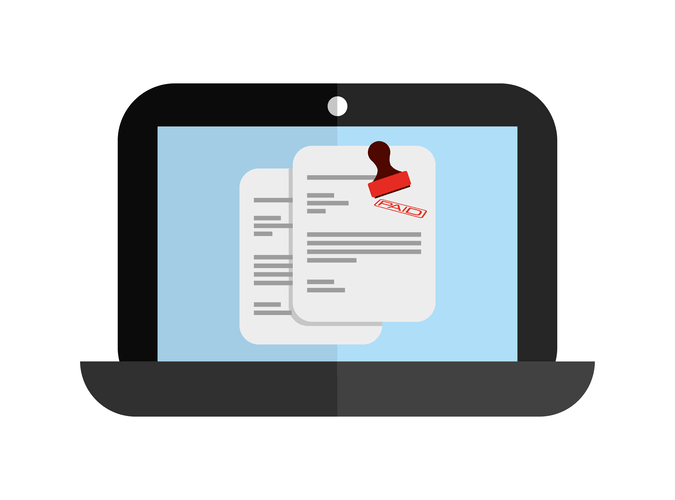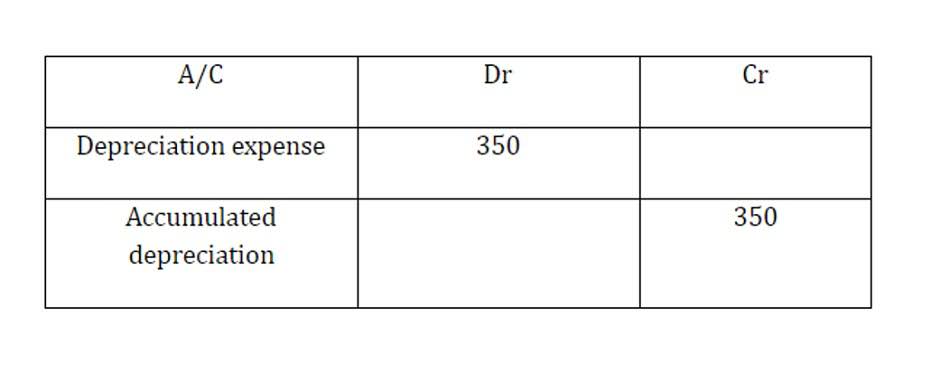Our Blog

While accrual accounting recognizes transactions when they occur, the cash basis only records them when cash is exchanged. This variance impacts the accuracy of financial reporting and the timing of expense recognition, highlighting the significance of choosing the suitable accounting method. Accrued payroll salary refers to the amount of money a company owes to its employees for work performed but not yet paid, recorded as a liability on the company’s balance sheet. This includes wages, salaries, and other forms of employee compensation for a specific pay period.
- This can cause payroll errors, which could feed into your income statements, balance sheets, and reported cash flow.
- Accrual entries impact the balance sheet and income statement, demonstrating the influence of these entries on accounting records and financial reporting processes.
- On 30th June 2021, the company prepared its financial statements for the year ending on 30th June 2021.
- It ensures that all payroll-related transactions are accurately recorded and reconciled, making the payroll process more efficient and reliable.
- The management of accrued commissions speaks to the company’s commitment to fair and transparent compensation practices, driving employee satisfaction and motivation.
Accounts

This accrual may be accompanied by an additional entry to accrue for any related payroll taxes. When a company is engaged in a fast close, the payroll clerk may not want to spend the time to compile hours worked information at the end of an accounting period for the accrual calculation. Instead, the clerk can estimate hours worked based on historical records of hours worked per day, or the standard number of working hours per day. These estimates can be incorrect if the actual hours worked are unusually high or low, but the difference from the estimate used in the accrued payroll figure is usually immaterial. Until it’s paid, accrued payroll is recorded as a liability on the company’s balance sheet, because it indicates the financial obligation a company has towards its employees and corresponding government agencies. This makes accrued payroll a critical component of managing an organization’s financial reporting and budgeting.
Advanced Payroll Accrual Concepts
Accrued wages refer to the earnings that employees have worked for but have not yet received, typically documented for accounting purposes. Bonuses, often linked to performance, are additional forms of compensation provided to employees. Overtime pay accrues when employees work more than their standard working hours. This journal entry will recognize the liability of the business by recording outstanding salaries. Accrued payroll helps business owners and payroll managers to think in terms of “what do we owe? ” With this approach, you can Accounting for Churches better allocate business costs and avoid unexpected payments, which will help you invest resources into company development and growth more confidently.
When should a company pay off accrued payroll?
Instead of tracking expenses once you’ve processed them, accrued payroll includes expenses or debits that are still pending. Including these pending expenses gives you a more accurate understanding of the money flow in each pay period. The alternative to accrual accounting is cash-based accounting, where employers record expenses only when cash payments or transactions occur. Some small businesses prefer this type of accounting because it is simple, though it may not be suitable for a large company that needs a more accurate depiction of its liabilities.
- By integrating these innovative tools, HighRadius not only enhances the accuracy of payroll journal entries but also ensures a seamless, efficient reconciliation process.
- Lastly, be sure to add the total amount that you offer your employees in monthly PTO to your accrued payroll costs.
- It’s also important to mark PTO under accrued payroll in case an employee decides to leave the company.
- Accrued salaries highlight the obligation that the company has incurred for the labor provided by its employees.
- To keep tabs on accrued payroll and gain insight into your business’s finances, keep in mind these sources of payroll accrual.
What does Accrued Salaries mean in accounting?
The accrued salaries entry is a debit to the compensation (or salaries) expense account, and a credit to the accrued wages (or salaries) account. The accrued wages account is a liability account, and so appears in the balance sheet. If the amount is payable within one year, then this line item is classified as a current liability on the balance sheet.
What Does Accrued Salaries Mean?

The disparity between these accounting methods extends to the recognition of revenue and expenses on the income statement. Accrual accounting accounts for revenue when it is earned, regardless of when the cash is received, providing what does accrued salaries mean a more accurate picture of a company’s financial performance. The primary difference between accrual and cash basis of accounting lies in the timing of revenue and expense recognition.
Track and manage time
Accrued salaries play a vital role in presenting a true and fair view of a company’s financial position as they represent the amount of wages owed to employees at the end of an accounting period. These accrued salaries are crucial for accurately reporting the liabilities on the balance sheet. By utilizing the accrual method, the income statement reflects the actual wage expenses incurred, thus improving the accuracy of the financial performance portrayal by aligning expenses with the related revenue. Accrued salaries are recorded as a liability on the balance sheet, usually under current liabilities, as they are expected to be settled within a short period, typically within a year.
Management

These accrued liabilities are reported on the balance sheet, providing stakeholders with a comprehensive view of the company’s financial obligations. On the income statement, accrued salaries contribute to the wage expenses, impacting the overall profitability and demonstrating the true cost of labor for the accounting period. Thus, accurate reporting of accrued salaries is crucial for a comprehensive understanding of a company’s financial health. Depending on the length of the payroll cycle, it is less common to have any accrued payroll for salaried employees, since they are cash flow frequently paid through the end of the accounting period. The following exhibit shows a sample entry that breaks out the accrual for direct labor (part of the cost of goods sold), while all other wages earned are listed in the wages expense line item.

Types of accrued payroll
On the actual date of the payroll payment, July 5, the organization would make a reversing entry to clear these accrued liabilities and recognize the cash outflow. The two-step process of accruing payroll expenses and then reversing the accrual when the related payment is made helps in maintaining very accurate financial records and in compliance. This process allows Company X to depict a more accurate representation of its financial position by matching expenses to the period in which they are incurred, rather than when they are paid.


